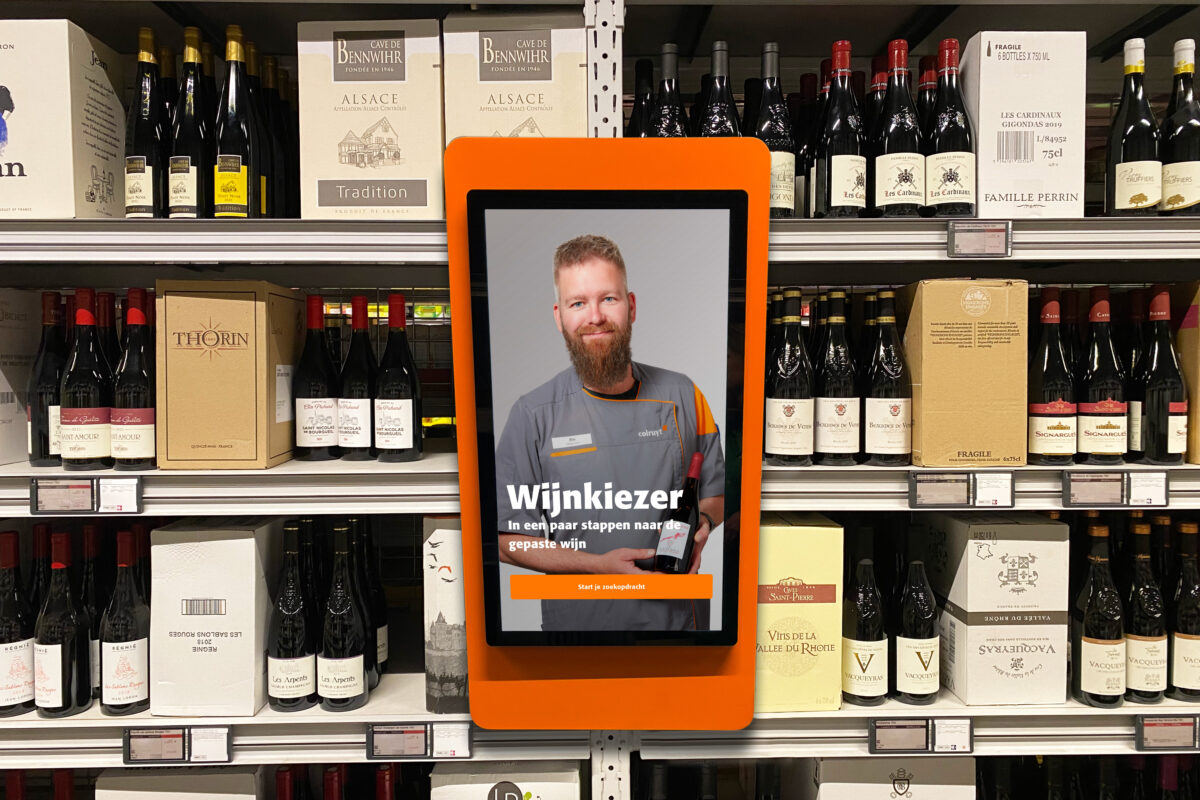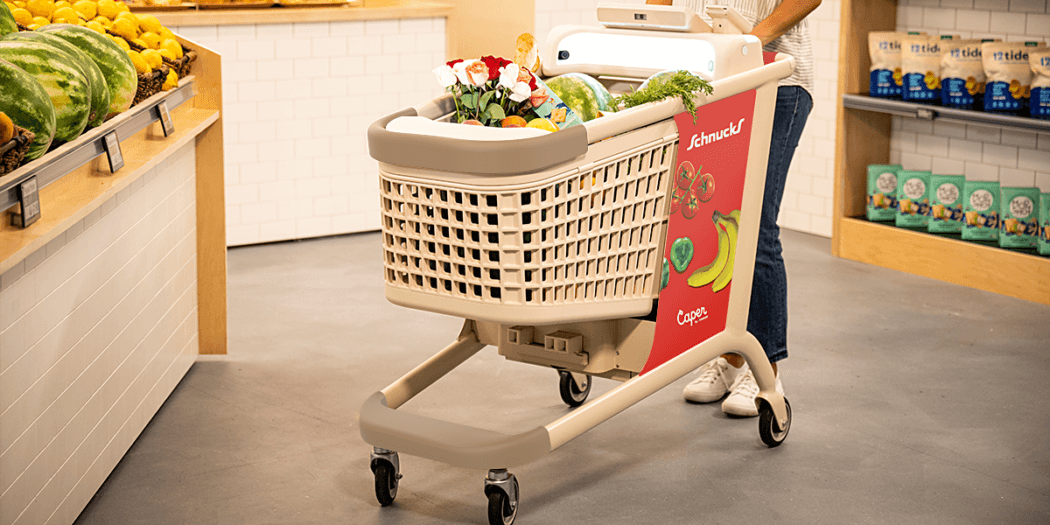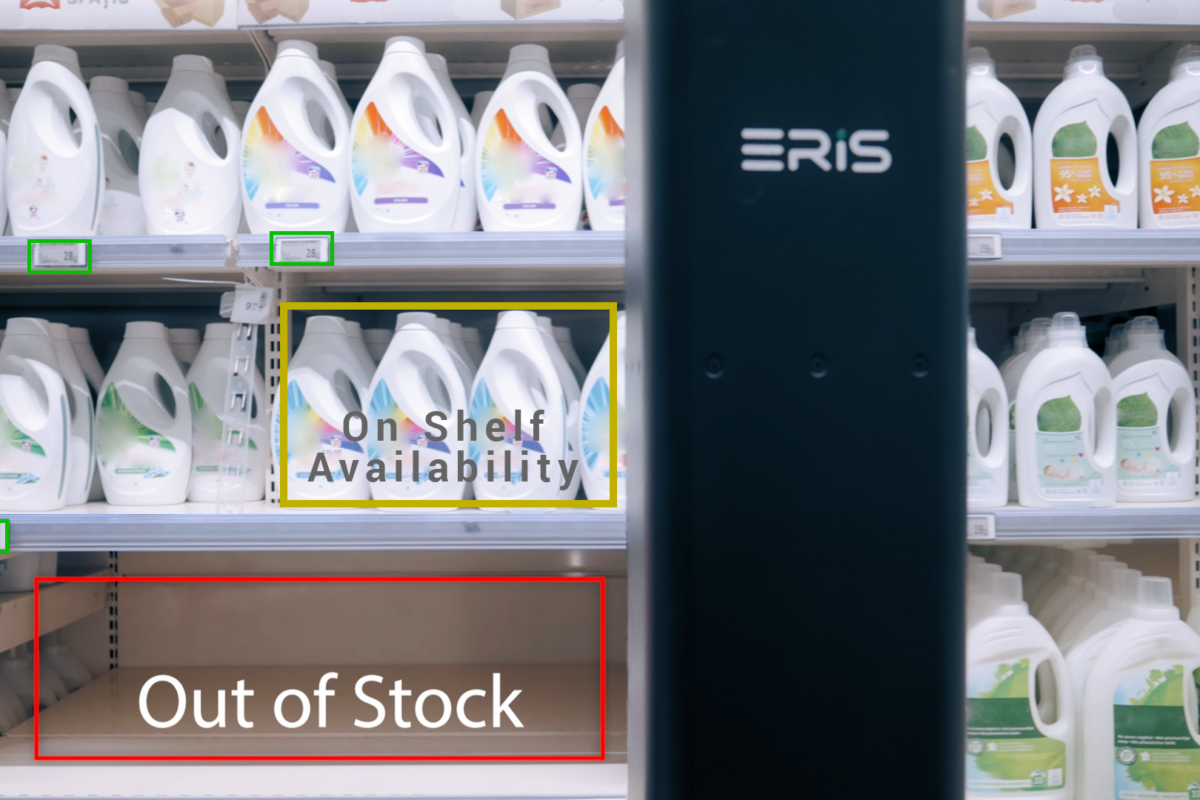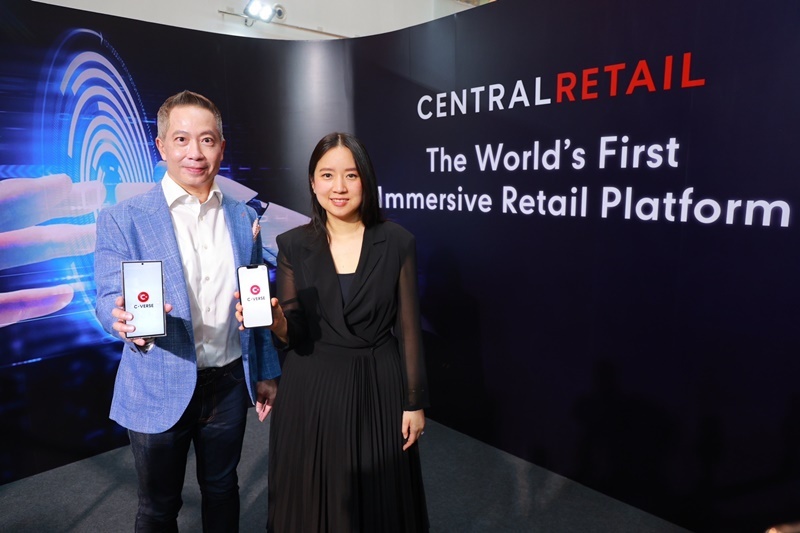Omnichannel optical services
by Julia Pott (exclusively for EuroShop.mag)
Online shopping enjoys growing popularity, even for items we traditionally “try on” at a brick-and-mortar store before we buy. Apart from clothing, accessories, and make-up products, the list includes eyeglasses. Virtual try-on solutions have seen a significant increase in traffic to online stores and social media channels in recent years and months. We took a closer look at the latest digital services offered by brick-and-mortar and online opticians.
Trying on glasses virtually from the comfort of your home …
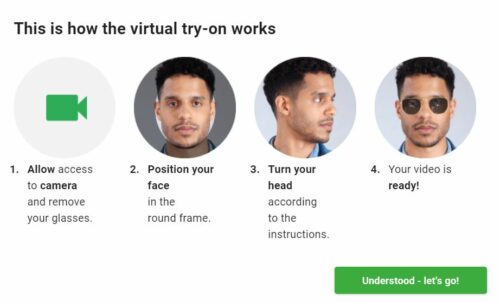
© Screenshot www.misterspex.co.uk
“Trying on” glasses online is not an entirely new idea. Several retailers – including the leading online optician in German-speaking countries Brille24 – have offered customers the option of using their webcam or uploading images of their face to virtually try on eyeglasses for quite some time. The drawback: This approach will digitally position frames over your face, which means the consumer has only one angle and one facial expression available to make his/her selection.
Some retailers have taken the next step to expand their options: Customers record a quick 5-second video of their face with their webcam or smartphone camera by looking straight into the camera and then slowly rotating their head left and right. The clip – which often can be downloaded and saved – is used to try on different pairs of glasses. UK eyewear retailer Specsavers is one chain that offers this option. Consumers use the cursor to move their head back and forth on the video to check out a preferred camera angle. The drawback in this case: You cannot create your own head movements.
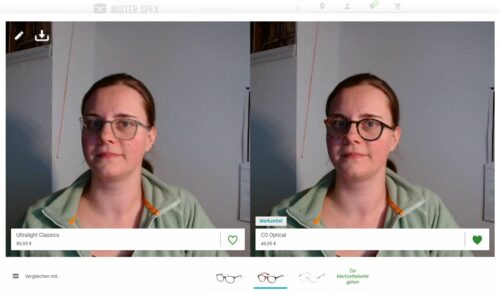
Just like Specsavers, Mister Spex uses a recorded video to allow customers to try on glasses. But in this case, they can view and compare any two frames side-by-side. // © beta-web GmbH
German online optician Mister Spex has also opened many brick-and-mortar stores over the years. In December 2020, the retailer announced it has acquired the Berlin-based deep tech company Tribe to develop AI-based solutions in the optician and eyewear industry together. Tribe had already implemented the virtual try-on tool of Mister Spex on Instagram back in early 2020.
Other retailers such as ProOptik in Germany and Fielmann in Austria or the UK-based VisionExpress use a live video of the face for the virtual try on, allowing consumers to discover how their favorite frames look in real-time. With some eyewear retailers (like Specsavers), the rendering process takes more than 20 seconds. However, the process is often so quick, customers have their live photo within seconds. The image-based rendering technique only runs into issues if you tilt your head too much or when it processes the eyeglass temples. That being said, the quality is still perfectly sufficient to create a good first impression.
Besides the rendering quality (and the camera quality of the consumer device), another factor that influences the purchase decision is the user experience.
- How large is the retailer’s selection of virtual try-on eyeglasses?
- Does the product page already indicate the available virtual try-on options to consumers?
- How quickly and conveniently can users load and switch between the virtual try-on eyewear options?
- How good are the personalized frame recommendations?
- Is there a mobile virtual try-on option and if so, how good is the user experience in this case?
In Germany, Apollo provides a “virtual try-on option” as a filter criterion in their web shop. Customers that use the Mister Spex tool can only compare the currently selected model with eyeglasses they have previously added to their watch list – or with similar products, which might be as many as ten, but sometimes may only be one frame.
… and then buy them online?
Like Mister Spex, Fielmann invests in companies that develop new virtual try-on technologies for eyeglasses. In 2018, Fielmann announced its investment in augmented reality supplier FittingBox S.A. Granted, Fielmann might still be playing catch-up when it comes to integrating virtual try-on technology into its online stores. (The feature is currently being tested in the company’s Austrian online platform but is not yet available in Germany for example.) However, Fielmann has big plans in the works for its omnichannel capabilities:
The company says it is developing an AI-based online eye test. At that point, the complete eyeglasses ordering process – including personalized prescription glasses – could truly take place online. In an interview with t3n, Marc Fielmann, CEO of Fielmann AG, explains: “Our online eye test […] uses neural networks to measure your eye’s visual strength.”
And Fielmann tackles yet another problem for many who shop for glasses: If you have poor eyesight, you cannot use the current virtual try-on features because you are required to take off your glasses to do so. That is why using a live video is not an option for these customers, prompting the retailer to work on a virtual try-on feature that allows consumers to keep their own eyeglasses on. “We developed a computer program that virtually removes eyeglasses from your face in real-time and adds the selected frames in 3D without the need to physically take off your own glasses.” Marc Fielmann told t3n in August 2020 that the technology is basically ready to take things to the next level, and the company now only has to decide how and whether it plans to implement the tool in the app setting or at its physical retail stores.
This solution would not only be an important tool for the online platform but could also benefit the retailer’s many brick-and-mortar locations: in the latter, depending on their eye strength, wearers of eyeglasses must get quite close to the mirror as they try on new eyewear. So-called smart mirrors that “virtually take your own glasses off and put the new eyeglasses on” will make this process much easier.
Offline, online or omnichannel?
Will buying consultation-intensive products such as corrective lenses online soon become the norm? Or are these technologies just another effective way to bring the brick-and-mortar store into the world of online shopping?
The “Optics Industry Report 2019/20” by Germany’s Central Association of Opticians and Optometrists ( ZVA ) determines revenues by sales channels as follows: 89 percent of sales still occur in retail stores, with only 2 percent of sales taking place online and 9 percent of sales traversing both offline and online channels during the customer journey. It will be interesting to see the sales statistics over the next few years.
Christophe Hocquet, former CEO of Brille24, pinpoints the deciding factor in a press release: “Our customers do not distinguish between online and offline channels, but discern great from bad shopping experiences.”






